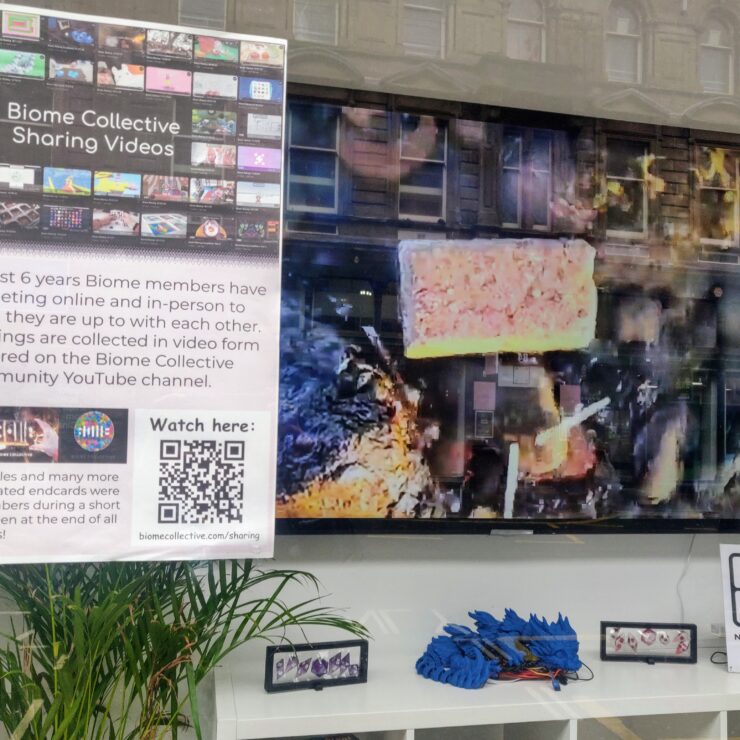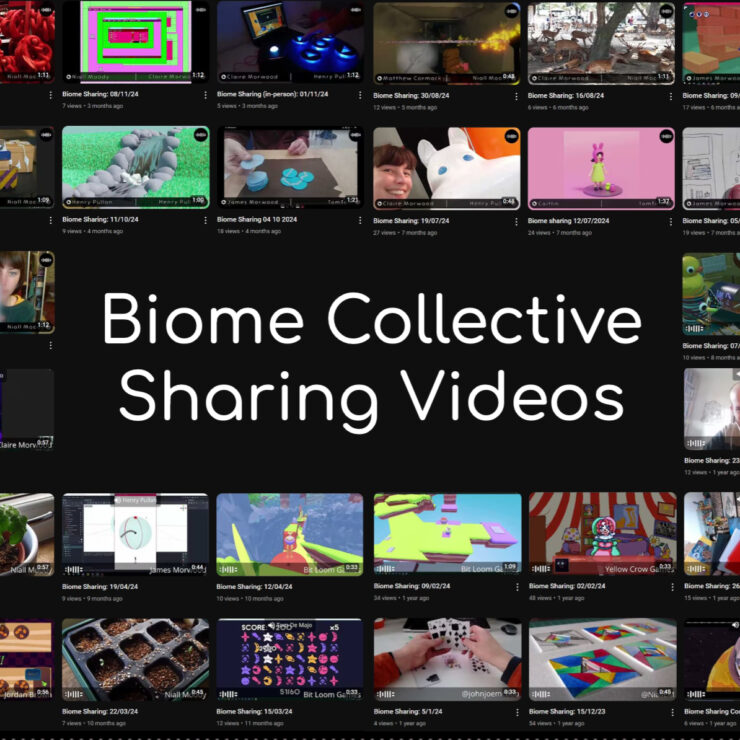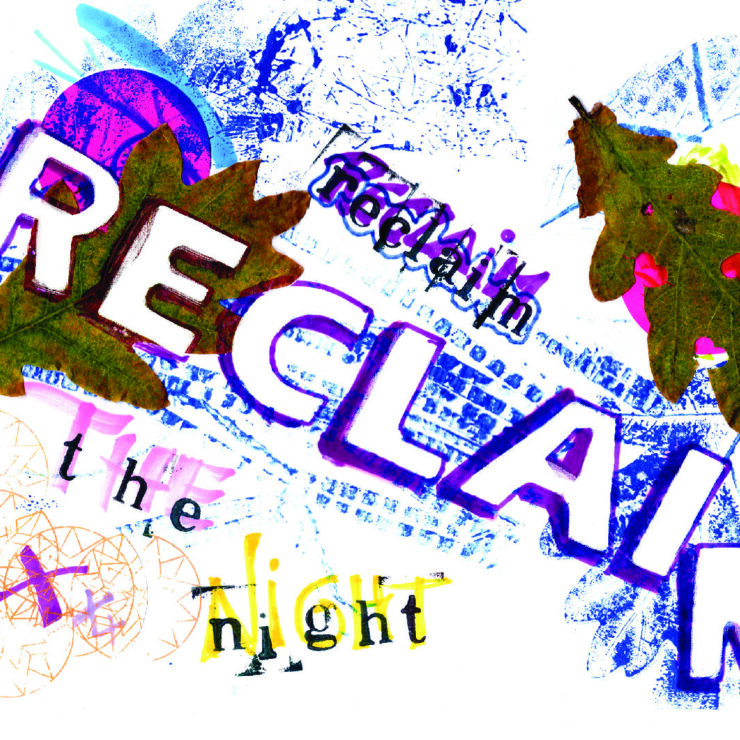Future Proofing: Assets, knowledge and legacy

Curating a digital archive is key in preserving our digital heritage and stimulating future creative thinking. NEoN (North East of North) uses a festival platform to disseminate its aim to promote digital and technology driven art. After five years we are investigating the importance of preservation, dissemination and legacy of the digital assets it creates and how a curated ‘archive’ can be used to broaden participation and foster new collaborations between artists and technologists. Over time NEoN has generated new digital content, which includes a game based app, animations, sound and new music. We have large amounts of documentation footage that include interviews with international artists and industry professionals, video of one off performances and coverage of discussions and talks.
Introduction
NEoN Digital Arts Festival dedicated solely to the presentation of digital and technology driven art. NEoN delivers an annual seven day festival across the city of Dundee and has established itself as a platform to showcase national and international digital art forms. NEoN has commissioned over fifteen new works and helped stage many temporary art works. After five years of festival activity it holds many digital assets and valuable documentation but has never had the resources to adequately archive this material and make it available to an audience.
Having recently secured funding from AmbITion Scotland we are now developing NEoN’s digital archiving strategy; to edit, catalogue, manage and publish online NEoN’s collection of digital assets. Through our investigations we will begin to address the following questions and challenges:
• How can we use our current assets and knowledge to create a meaningful and effective archive that preserves our digital heritage and stimulates new ideas?
• How can this curated archive be used to leverage new international opportunities, funding, collaboration and reputation?
• Digital technologies, hardware and software are evolving at an incredible rate – how do we ensure that our assets continue to be playable, accessible and relevant?
• How can this learned knowledge help other organisations and artists consider their own digital legacy?
Current assets and the problem
As we are at the very beginning of our journey to build a NEoN archive our current digital assets are unsearchable, hard to find and inaccessible to others. As we develop our digital archive we can begin to open up these assets to artists, technologists, audiences and potential funders around the world. Currently we face the challenge of being able to access relevant content in a simple and timely way. Our experiences have taught us that this can be a barrier to effectively communicating with new collaborators. Research tells us that we are the first people in history to create vast digital files and online records but who is looking after it and how much of it will endure when we are gone? In the context of NEoN and in support of other organisations with complementary objectives, our research will focus on the field of digital arts and technology.
“The bit that no one has the answer for is digital preservation” Richard Boulderstone [1]
Motivations
NEoN believes that having an accessible comprehensive archive will not only increase its audience demographic and depth of engagement but it will also raise its professional reputation giving the ability to collaborate nationally and internationally. We believe a professionally presented archive and legacy, which is well promoted, will help with our external reputation by helping to extend the life of any work.
Furthermore we have identified a number of key benefits which we believe a well- designed, curated archive would offer:
- Knowledge exchange and professional development – providing support and learning opportunities for our staff as well as the wider public, including artists and other cultural organisations.
- Offering a context to our work and an indication of where NEoN sits in the world of digital arts.
- Audience development – stimulating interest in NEoNs past activity to encourage visitors to engage with future happenings.
- Offering a rich resource for generating creative ideas – inspiring new innovative digital art works and encouraging the growth of our digital community.
- Opportunity to develop new revenues streams.
- Increasing the breadth and diversity of our network.
- Easier, future re-use or re-mounting of artworks.
- Learning and teaching about artworks and the artistic processes.
- Engagement with artworks that might not otherwise be experienced.
- Avoid loss of artworks, especially complex digital works which are in file formats that will be quickly outdated.
NEoN is looking to extend the shelf life of its digital work allowing it to be seen by a larger audience, especially its site-specific work and one off performances.
Process and strategy
NEoN looks to expand knowledge in the field of digital art. It builds on the notion that art, information communication, media production and games communities can come together to explore new collaborations and opportunities. We believe that our archive, as well as our festival activities, should support this ethos.
We are committed to developing an archival system that would offer meaningful context to our work and inspire new thinking, particularly when commissioning new work, applying for funding, devising teaching activity or delivering workshops.
Research and experimentation is required to identify best practice in this area. We are considering using CollectiveAccess, which is free of charge under the GPL opensource license. CollectiveAccess is a highly configurable cataloguing tool and webbased application for museums, archives and digital collections.
API & Open data
However we make our digital assets available on an audience viewing level we also have to consider how our archive or catalogue talks to other archives and catalogues: and not just those with direct content commonalities. We need to open our data and functionality to other developers, artists and organisations.
When considering the magnitude of digital assets beyond NEoN we want to find the most efficient way of being able to integrate with it. We want to avoid duplicating efforts and also producing incompatible process. We see that by providing data as a service and the opportunity for significantly reducing the barrier to accessing data proliferates innovative solutions. Without them, we institute a culture of replicating data processes every time we use them.
“There is no deontological code or museum profession that is currently able to cope with the phenomena of technology’s obsolescence” [2].
How do we mitigate the risk of digital platforms’ obsolescence which supports the festival’s assets? The preservation of our digital assets can longer rely on standard archiving formats but neither can we design absolute frameworks for archiving digital material. We must define our basic values but also be aware that our archiving strategies must evolve as rapidly as the technology itself. If we are to secure the successful dissemination of our work then our plans for documenting and archiving our digital assets should not be resolved post-project but must be an integral part of the thinking behind the commission and imbedded in the process of creating the work. Hardware has to be preserved as well as updating formats of assets if appropriate to make them accessible using the latest hardware and software.
Summary
In the same way we consider curating our digital arts programme we have to offer up the same consideration to its future dissemination. It is important to us that we observe best practice and disseminate our findings to other organisations and artists who wish to develop their understanding of digital archiving and who are keen to secure the legacy of their practice.
NEoN wishes to continue producing, commissioning and innovating in how its presents digital and technology driven art at the same time as contributing to the collective legacy. We need to find ways of working with the global digital arts community and help shape its legacy.
References
[1] Richard Boulderstone, British Library, Director, e-Strategy and information systems.
[2] Boust, Clotilde, and Cécile Dazord. Obsolescence and contemporary art: digitizing artists’ films. master\., C2RMF, France, .


